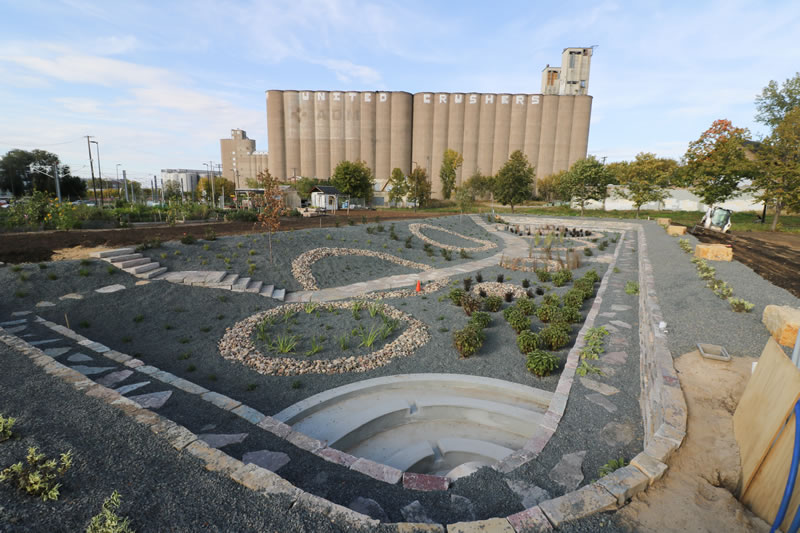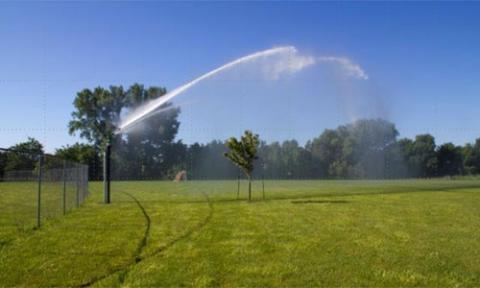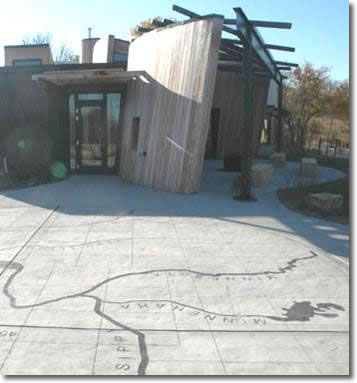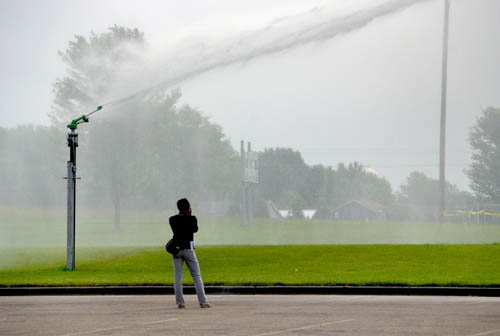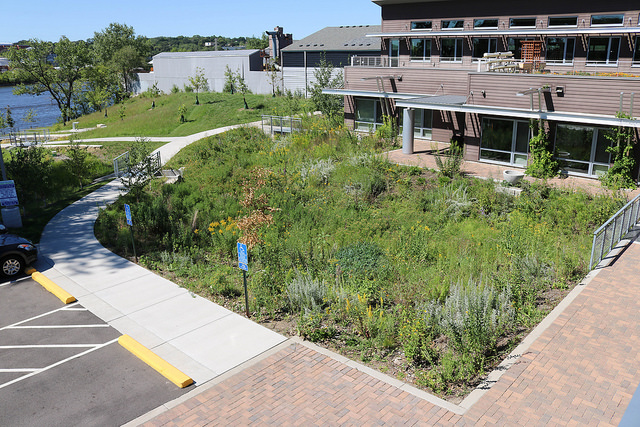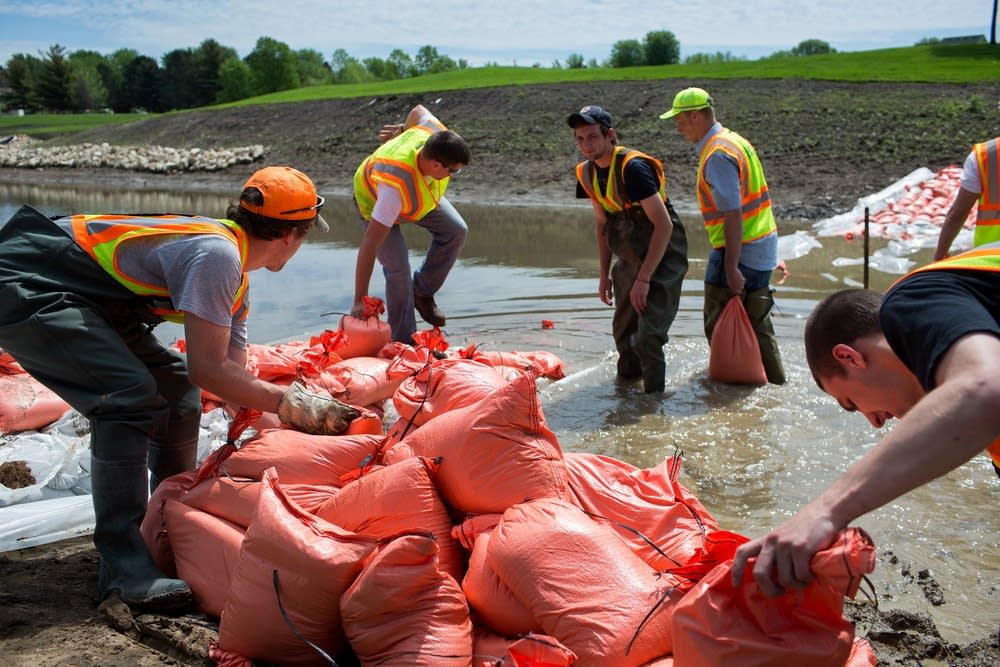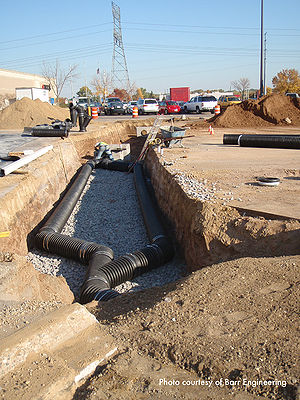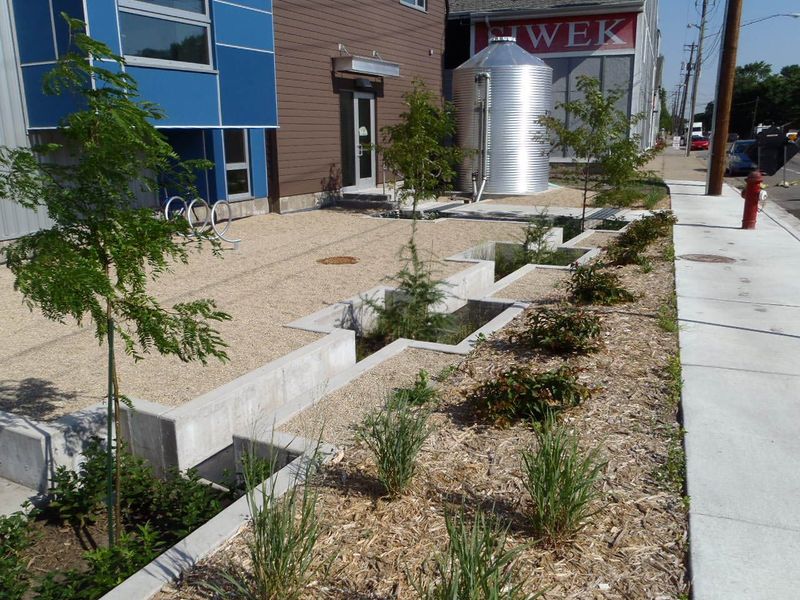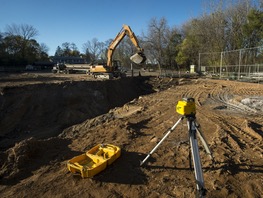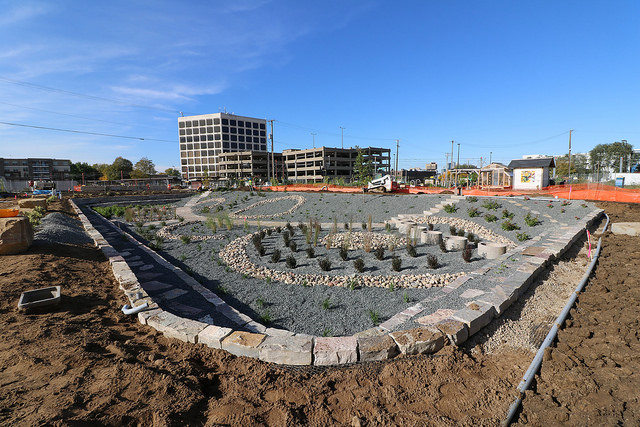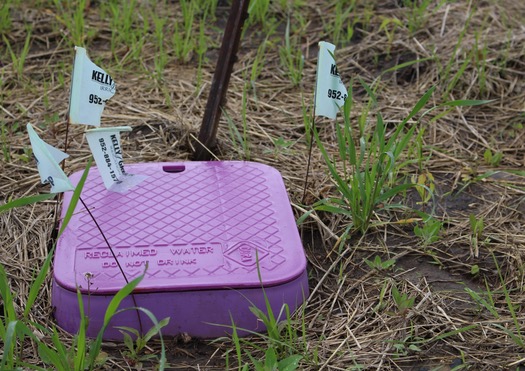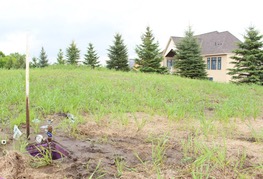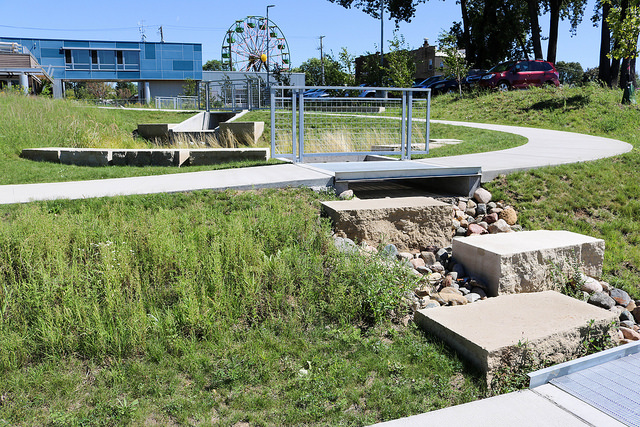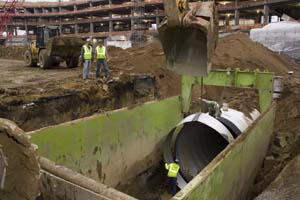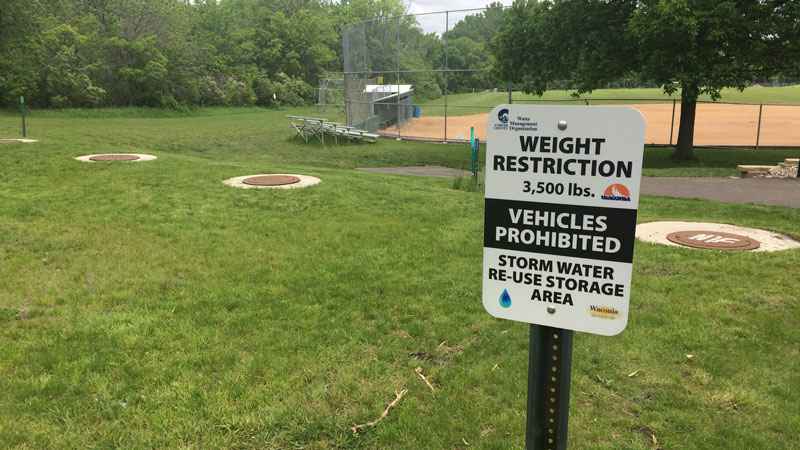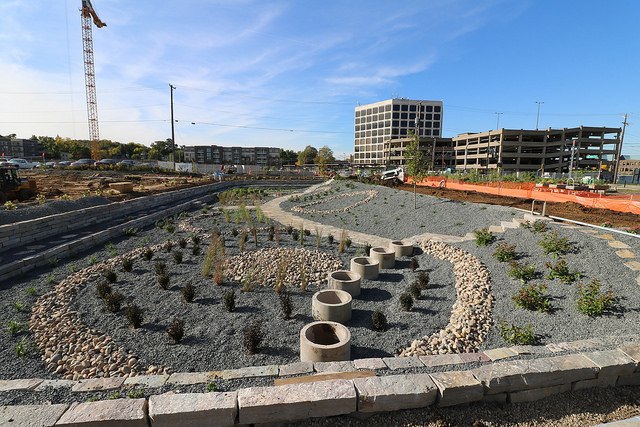Academic research is a second career for Joe Magner. “When I retired from the State of Minnesota, I realized that we hadn’t quite accomplished what I’d hoped in the area of Nonpoint Source pollution,” he explains. “ I want to pass on to the next generation the passion, interest, and desire to work toward better water management at watershed scales where land use decisions are made.”
Magner is a research professor in the University of Minnesota’s Department of Bioproducts and Biosystems Engineering, with a passion for seeing water improve in Minnesota and for passing on his water ethic that kept him in the field after a 34-year career at the Minnesota Pollution Control Agency (MPCA).
“My main thrust is helping people understand more about watershed management. People—not just government agencies and watershed districts—need to learn and understand how water systems work, how water moves above, on, and under the landscape,” he reflects. “The value is that, over time, people make decisions based on an understanding of what it means to have sustainable water management. Given a strong natural resources ethic, most people will try to do the right thing.”
Partnership approach
According to Magner, partnering to address water challenges is necessary for better water management. “From a policy perspective, as a state we need to find ways to cooperatively work to meet challenges of water quality and quantity,” Magner notes. “As Governor Dayton and Commissioner Stine stated at the 2016 Water Resources Conference, we as a society need to develop an ethic where all Minnesotans recognize the value of water, and take ownership and responsibility.”
Partnerships require thinking beyond landowners and government entities. “We are trying to reach out and engage in more public private partnerships,” explains Magner. “The private sector can take a proactive stance of thinking beyond winners and losers, in terms of who is regulated and at what cost, and recognize the value of a high quality of life for all.” Magner sees the biggest partnership opportunity with private partners in rural areas.
“Industry has a vested interest in the communities on which it depends. The agricultural industry is dependent on famers doing well. Large agricultural companies are directly connected to rural agriculture and rural agricultural concerns, in terms of both water quality and quantity. They are ideal partners to help farmers build their soil health and manage water on the landscape better, because it benefits them in the long run. Working with watershed districts to help farmers get the appropriate best management practices in place is a way for the agricultural industry to show direct support to their constituents.”
Research to inform current challenges
Magner advises students like Katherine McLellan, who he works with alongside other student researchers to quantify riparian systems, understanding how water moves over, into, and though riparian zones. This work is directly tied to Minnesota’s 50-foot buffer rule and the “built in ‘equivalent to’ language in the rule that does not require a 50-foot buffer everywhere in the landscape and allows water managers to identify a practice that is equivalent," says Magner. “With a better idea of riparian dynamics, we hope to go back to local units of government and offer specific practices that achieve equivalent water quality benefits.” Adaptive management is enabled by allowing alternative practices under the buffer law, an example of the type of regulation Magner thinks is more helpful than historical “hard and fast rules.”
In addition to this work, Magner and his students are focused on several multi-year projects showcasing the benefits of water management plan implementation at smaller scales (acres up to a few square miles) to help inform the state’s use of best water management practices. They are also tackling a new project to help the Board of Water and Soil Resources link targeted watershed funding with the statewide One Watershed, One Plan program. “I have seen ‘watershed’ become a more common term in how we talk about water; however, defining watershed for the general public is a bit more challenging. Nevertheless, it is exciting to see watershed thinking and vocabulary used around a kitchen table,” notes Magner of a change he has seen in his 38 year—and counting—career in water resources.
Confronting the enigma of changing precipitation patterns
According to Magner, one of the biggest challenges facing Minnesota’s water resources is learning how to adapt to the way that rainfall magnitude and patterns are changing, and understand the implications for land and water management. “Until recent, we’ve been using return periods from 30-year moving averages of precipitation and runoff,” comments Magner. “Based on what we’re seeing and what climatologists have predicted in terms of cooler, wetter springs and summers, we need to learn how to adjust our expectations in both urban and rural settings.” Magner provides the example of culverts in rural watersheds, once sized appropriately but increasingly too small to handle bigger rain events, and the resulting issue of water flowing over roads or blowing holes below the culvert.
Magner also notes a somewhat decreasing snowpack and the corresponding decrease in deep aquifer groundwater recharge from snow. “It seems clear now that we get some recharge in the fall, due to warmer temperatures and corresponding late fall rain events.” Magner says that fall has not historically been considered an important time of year for groundwater recharge. “How we adapt to these changes will require systems thinking,” notes Magner. “The change is not necessarily good or bad, but different from what we have historically seen.”
Magner adds that a secondary hydrological question is how the quality of water will change with time if precipitation magnitude and pattern changes. “Many upland rural areas have developed methods to control soil erosion. Now, with mega storms coming through more frequently, the result may be more erosion and runoff that exceeds the capacity of historical best management practice [BMP] design,” says Magner. “Some of my colleagues are working to identify the longer-term BMPs based on current and predicted runoff events.”
Looking ahead
Some days, Joe Magner reflects, “I could have taken my retirement and gone to Belize, and really have been retired.” He says, though, that his continued work at the University of Minnesota has given him perspective on how positive change, albeit slow, is possible through partnerships. “If partnership projects like One Watershed, One Plan are really successful in building comprehensive partnerships—between landowners, government entities, and the private sector—they will be very fruitful going forward in managing water on a watershed scale,” notes Manger. “Their success requires a willingness to come together to make them work, and a consistent level of energy going forward with sights on the long-term goals.” He appreciates the role of patience in such projects. “Successful planning processes and implementation projects do not happen quickly; we need people who will stick with the effort over time. Then, I think, we can declare the Clean Water Legacy a success.”

